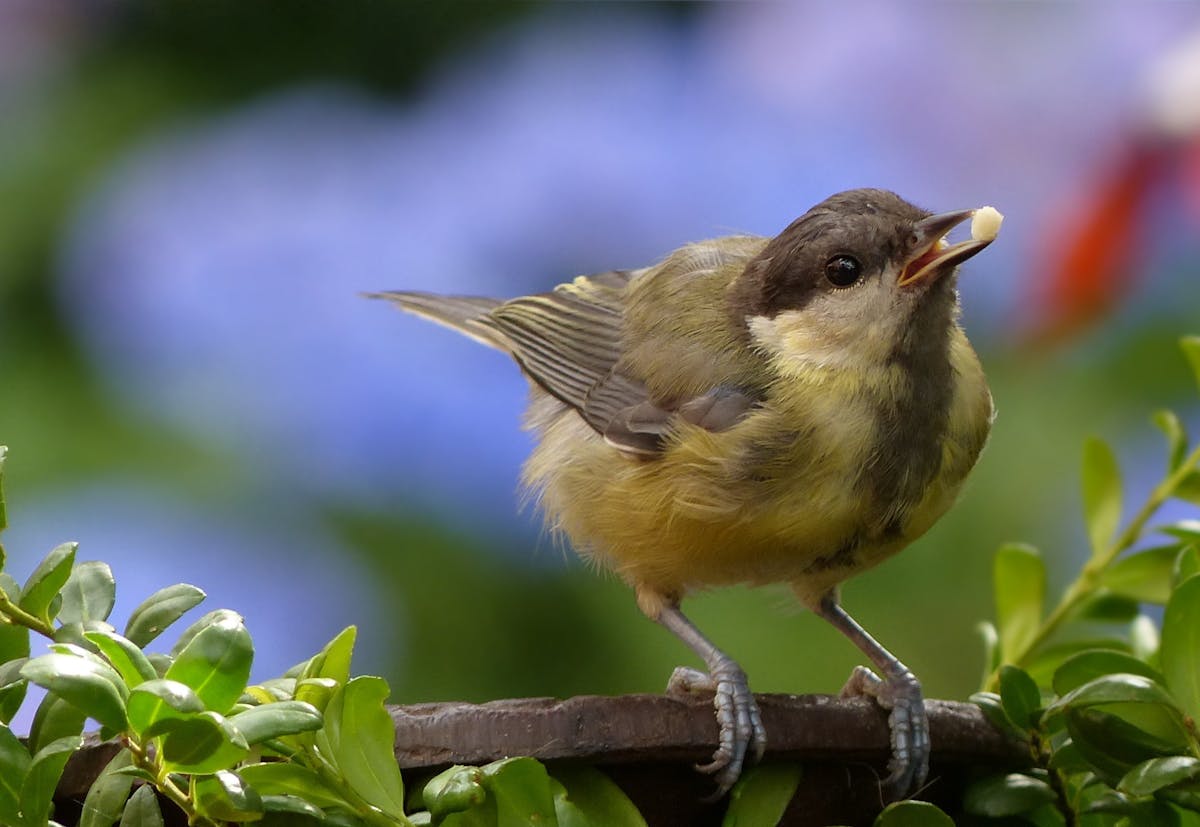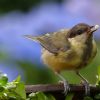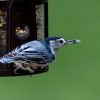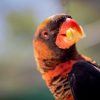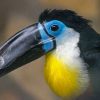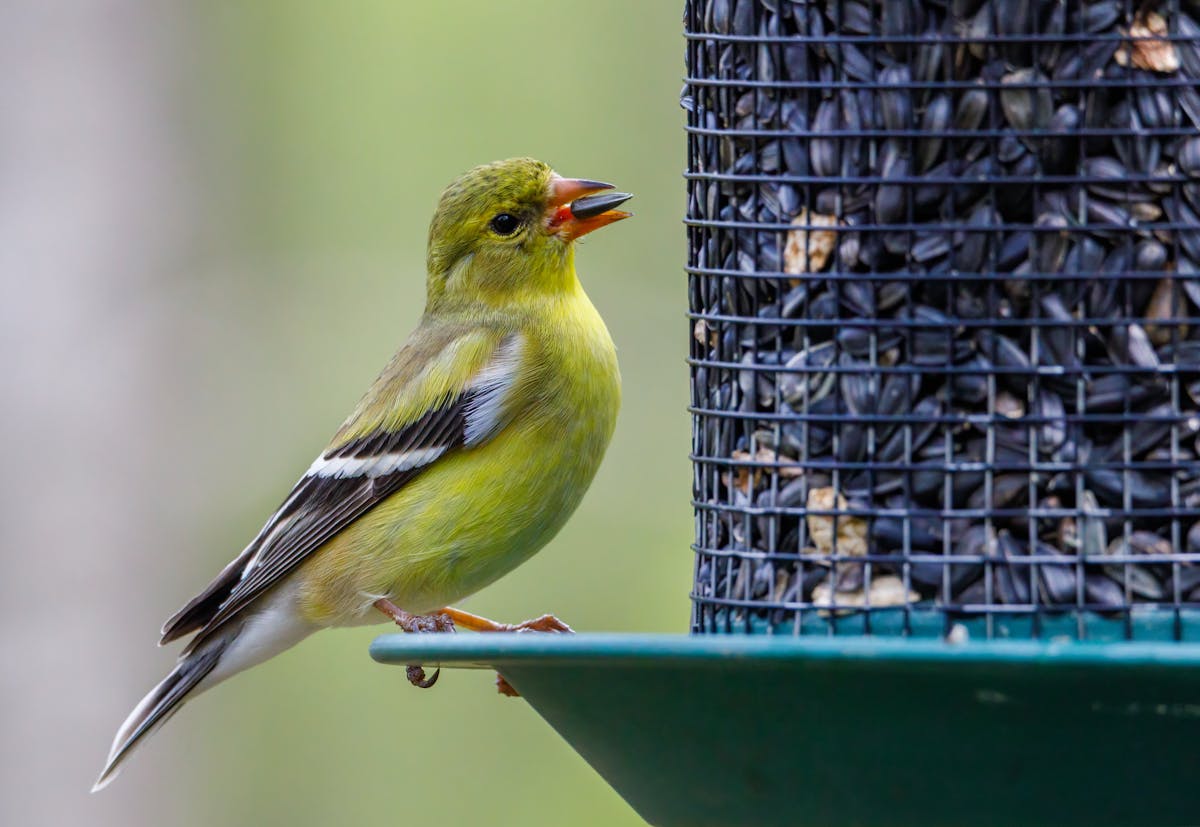
birds eating grass seed
Birds Feasting on Grass Seed: 13 Effective Prevention Tips
The start of summer is perfect for planting grass seeds. But do birds snack on your seeds? When they do, your lawn can develop bare patches, ruining your hard work. Don’t lose hope for a lush lawn; you can try some prevention tips. This blog shares ways to keep birds from eating your grass seeds. Let’s explore how to help your grass thrive.
Bird Species That Eat Grass Seed
Some birds may disrupt your lawn seeding. Here are a few:
-
Doves and Pigeons: These birds love grass seeds and quickly find newly planted ones.
-
Sparrows: Small and lively, sparrows are always searching for fresh grass seeds.
Whenever you plant grass, finches will come looking for seeds. Like sparrows, finches love grass seeds too. Their small size allows them to access seeds that may be hard for others to find.
Keeping birds away from your grass seeds can be tough. Starlings, known for their big appetites, may invade your lawn if they find seeds.
Here are 13 effective ways to prevent birds from eating your grass seeds:
Shield the Seeds
To keep birds from eating your grass seed, start by protecting the area. Use lightweight fabric or bird netting to cover the seeded section. This barrier makes it harder for birds to get to the seeds.
- Even experienced birds can miss a covered spot. So, secure the edges of the fabric to the ground. Horticultural fleece is great, especially for small patches of grass seed. Spread out large sheets and use stakes to hold them down. The fleece shields your seeds from cold winds and late frosts. It also lets water seep through and helps keep moisture in. It also helps keep pests away. When your seeds sprout and are safe from birds, take off the fleece. Save it for future lawn projects.
- Create a Scarecrow Scarecrows help keep birds away from grass seeds. To make one, tie two sticks in a T shape. Then, drape a shirt over them. Finish by adding a hat on top. You can easily make a simple scarecrow at home.Install Sprinklers with Motion Detection Using modern gadgets can help stop birds from eating your grass seed. A motion-activated sprinkler can sense movement and spray water when birds get close. This scares them away without harm. Some models detect motion from 40 to 60 feet away, while budget-friendly options work within a 30-foot range. Give these sprinklers a try!
- Redirect Birds with Feeders Offering various food choices can help protect your grass seeds. You can buy bird feeders and fill them with tasty treats that birds prefer over soil seeds. To attract ground-feeding birds like doves and quails, set up feeders or trays on the ground. A few days before planting grass seeds, regularly place sunflower seeds in another part of the garden.
- This will help keep birds busy and away from your seeds. Many pet shops and garden centers sell special bird food blends for ground feeders. These blends attract doves with their mix of grains, nuts, and seeds. Also, place bird feeders far from the treated grass. This may bring in more birds, but they will focus on the food rather than your lawn.
- Apply a Layer of Mulch. If your lawn is struggling, think about adding mulch. Planting grass seed and caring for your lawn go hand in hand. It’s smart to learn when to plant for your area. Wondering how to keep birds from eating your grass seed? Mulching helps with that too. The birds won’t see the seeds, and your lawn will grow better. Mulch enriches the soil and keeps it moist as the grass takes root.
- Be sure to rake the seeds well. This makes it harder for birds to spot them. Over the next few days, observe the birds to see if they are still attracted to your lawn. Use Reflectors to Scare Away Birds. Birds that eat grass seeds often see shiny objects as scary. Light bounces off these surfaces, confusing the birds. If you want to stop birds from eating your grass seeds, try putting small mirrors on the grass. If mirrors aren’t available, spreading some aluminum foil on the ground can also work well.
- Use Bird Tape. Specialized holographic bird tape helps keep unwanted birds away safely. It protects your grass seeds while ensuring the birds remain unharmed. When light hits the tape, it flashes brightly and startles the birds. This tape not only reflects light with its holographic designs but also makes a rattling sound in the wind if it hangs freely. With both visual and sound effects, this method effectively stops birds from eating your grass seeds.
- Create Unpleasant Sounds. To stop birds from eating your grass seeds, use sounds they dislike or find scary. For example, you can play a recording of a predator bird. Doing this in the morning and evening—when birds are active—might work well. If you play the sound often while they’re on your lawn, the birds may link the noise to danger and avoid it.
- Keep the Lawn Clean. Birds like yards with insects and worms. To stop them from damaging your grass, remove their food source. Use safe pesticides and bird feeders to keep worms and bugs away. This makes your garden less inviting for birds.
- Choose Fast-Growing SeedsFor seeds to grow well, they require water, good soil, and sunlight. Absorption seeds are high-quality seeds you can buy. They soak up water better and grow faster. Perennial ryegrass can sprout in just five to ten days. This quick growth limits the time birds spend feeding on it. If you keep birds away until the seeds grow, they won’t damage your grass.
- Hang Wind Chimes on Your Lawn Loud, swaying objects can scare birds from eating grass seeds. They make noise and add charm to your yard with their nice designs. If you like crafting, try stringing old tin cans together. When the wind blows, these cans will collide and create a clattering sound. Add More Grass Seeds One easy way to keep birds from eating your grass seeds is to plant more. If you spot bare patches, it means the birds have taken a lot of your seeds.
- Sow more seeds to help ensure some survive, even if others get eaten. For detailed information on overseeding, check out the dedicated blog post. Scatter CDs or Foil on the Grass. Start by running a long piece of string diagonally across your lawn. Secure it to trees or fence posts. Then, place old CDs along this string, leaving one meter between each. Attach them firmly. If you don’t have CDs, wrap tin foil loosely around the string for extra reflection. The light from the moving CDs or foil will make birds change their flight path, which helps stop them from eating grass seeds. For larger yards, create two to three reflective lines.
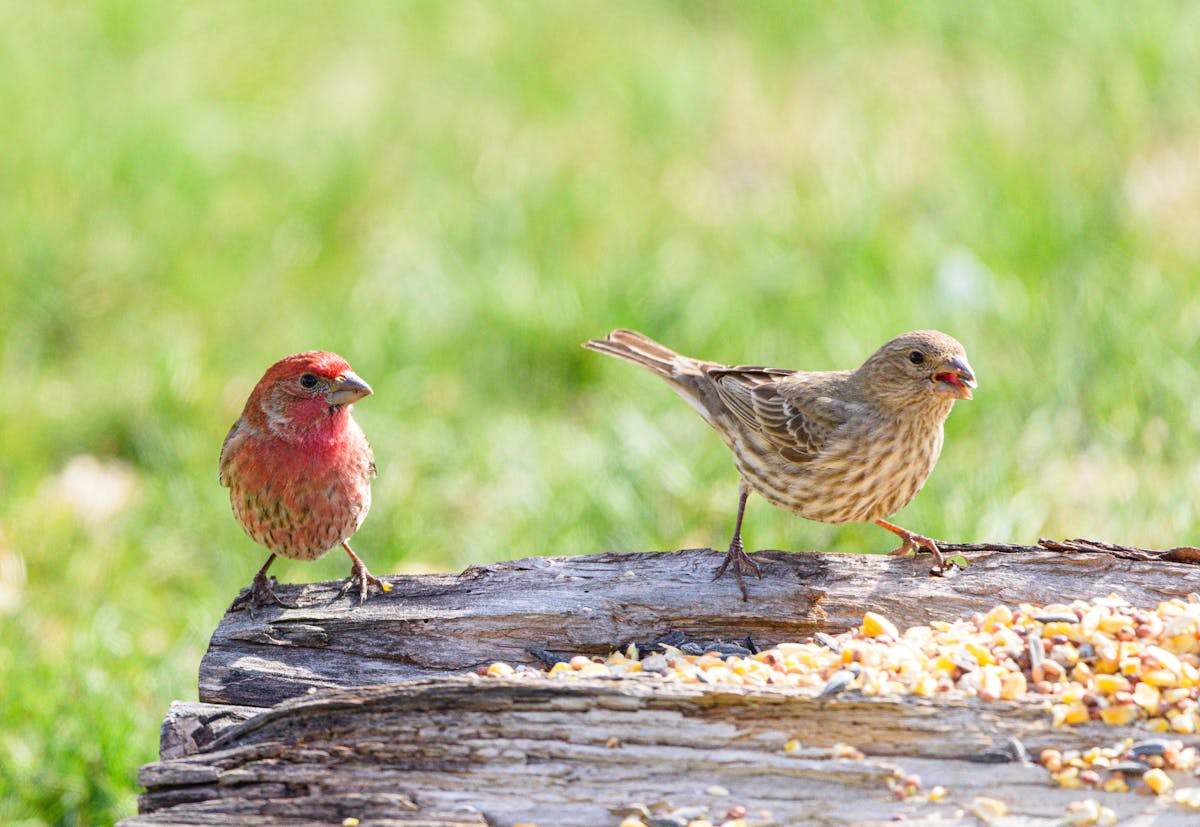
birds from eating grass seed
FAQs
What can I do to stop birds from eating my grass seeds?
You can use various tactics to keep birds off your newly seeded lawn.
You could hang CDs or pieces of tin foil across your yard or use some netting over the grass surface. This mesh stops birds from landing. The shiny surfaces redirect their attention. Do birds eat grass seeds? Absolutely! Birds like pigeons, starlings, finches, and sparrows eat grass seeds. To keep them away, use a fake bird of prey. Place it where it can be seen in your yard while your seeds grow.
Play predator sounds in the early morning and evening. This is when birds are most active.
These strategies will help keep birds from eating your grass seeds.
-
Use netting to cover newly sown seeds.
-
Add compost to enrich the soil.
-
Set up motion-activated sprinklers.
-
Make sounds to scare them away.
If you need help with seeding or lawn renovation, contact Falcons Landscaping.



